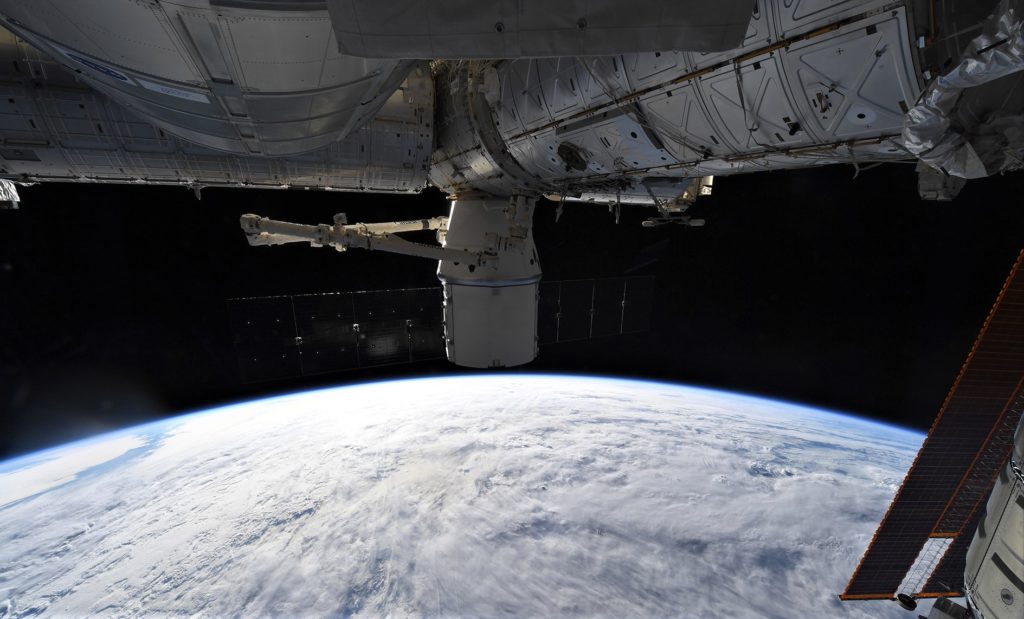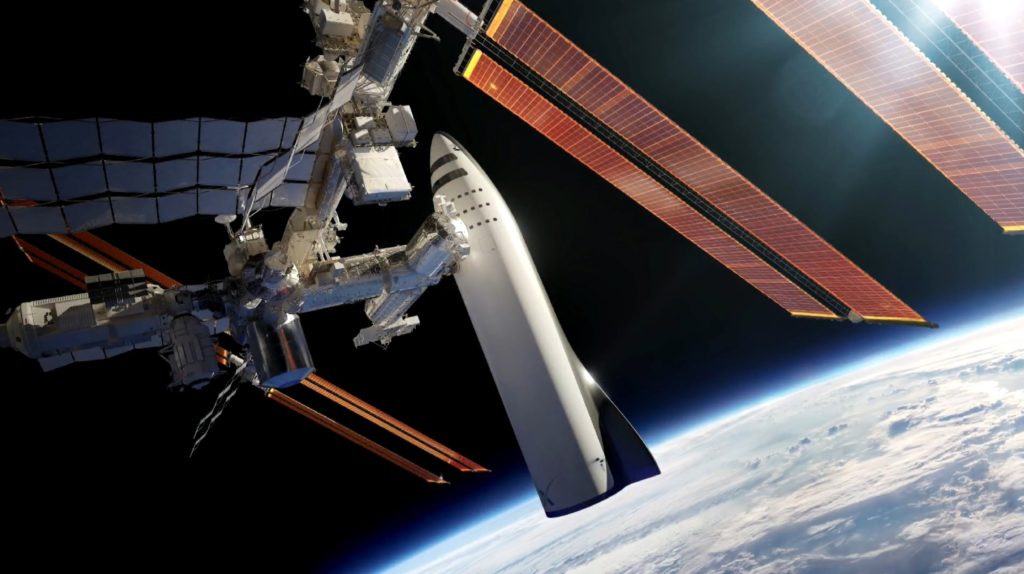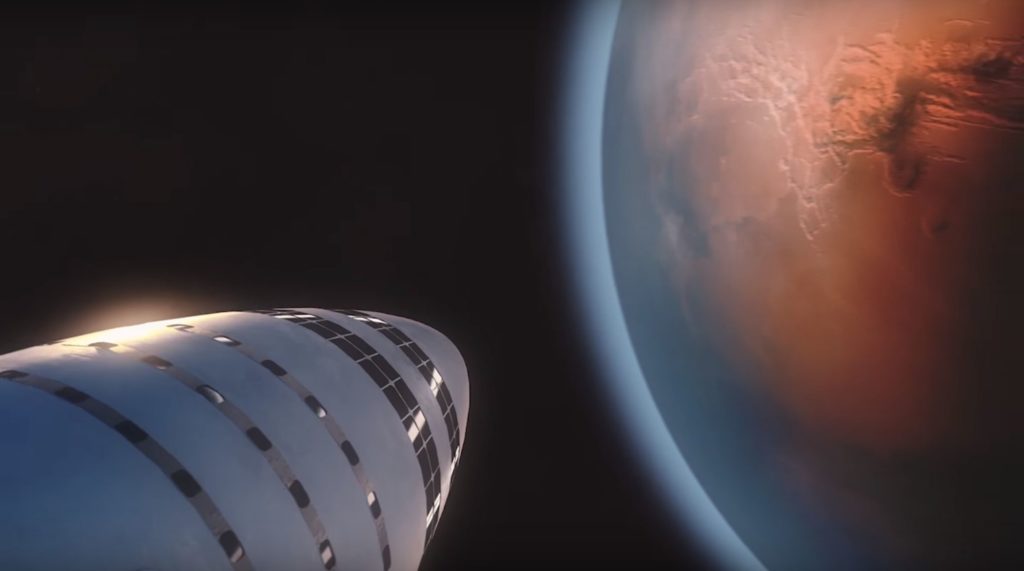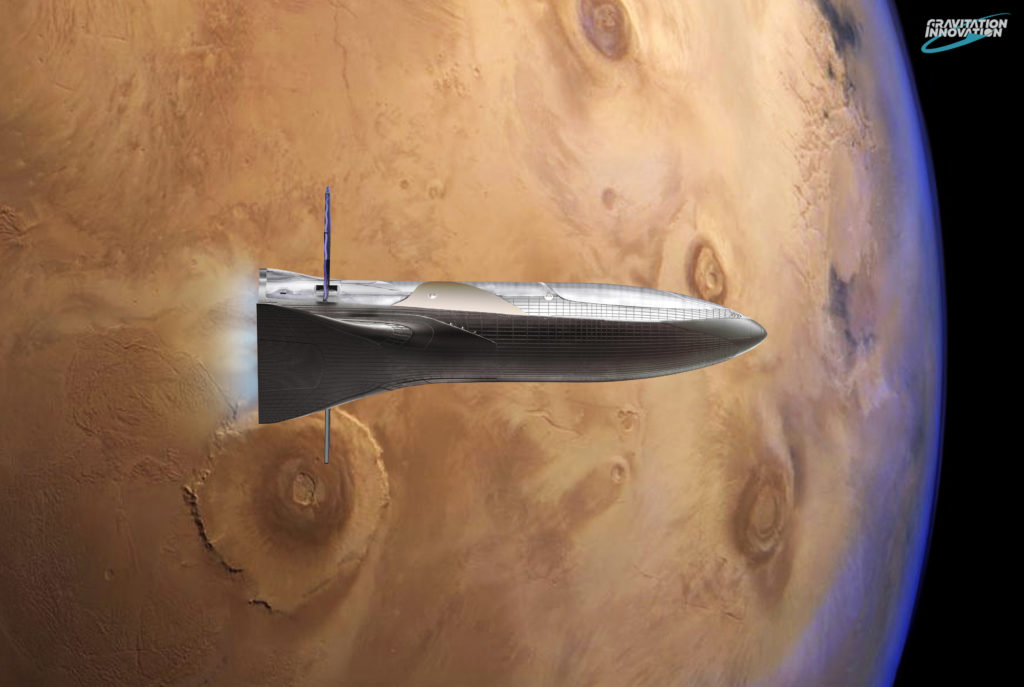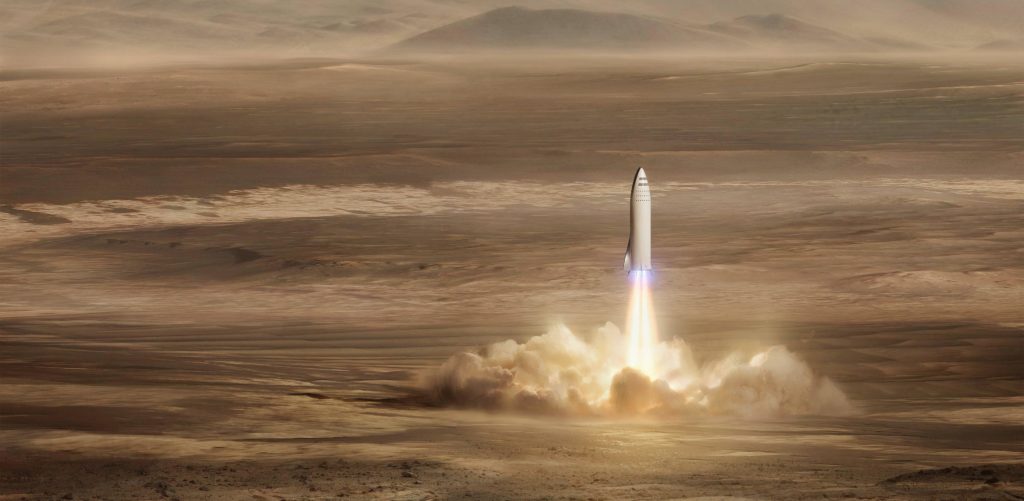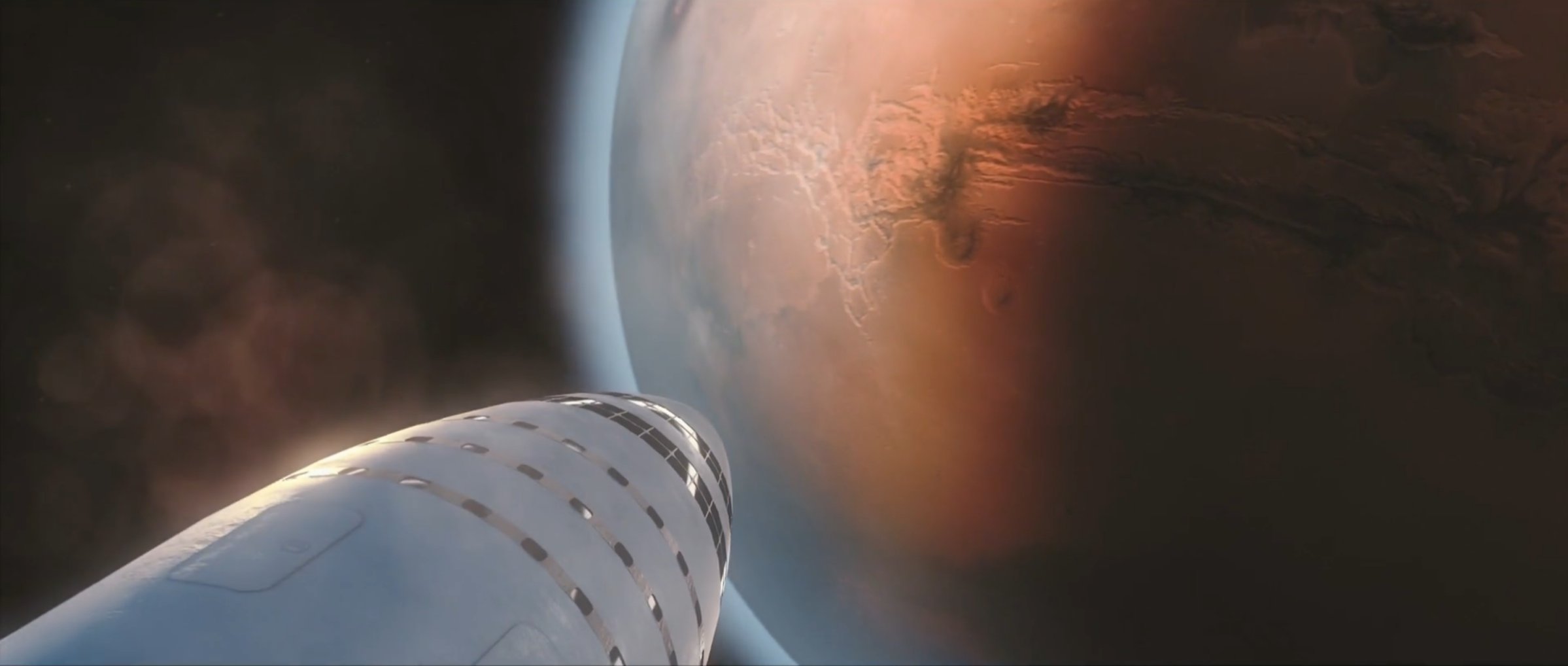

News
NASA and SpaceX probably can’t terraform Mars but that doesn’t matter
In recent weeks, a great deal of exaggerative noise has been spread wide about the supposed impossibility of making the planet Mars more Earth-like and hospitable, a concept known as terraforming. The reality is quite a bit different, especially within the context of any SpaceX or NASA-driven human outposts or colonization attempts.
Triggered by comparatively reasonable research just published by two experienced planetary scientists, much of the hyperbolic media coverage that followed failed to properly frame the true challenges of terraforming the Red Planet.
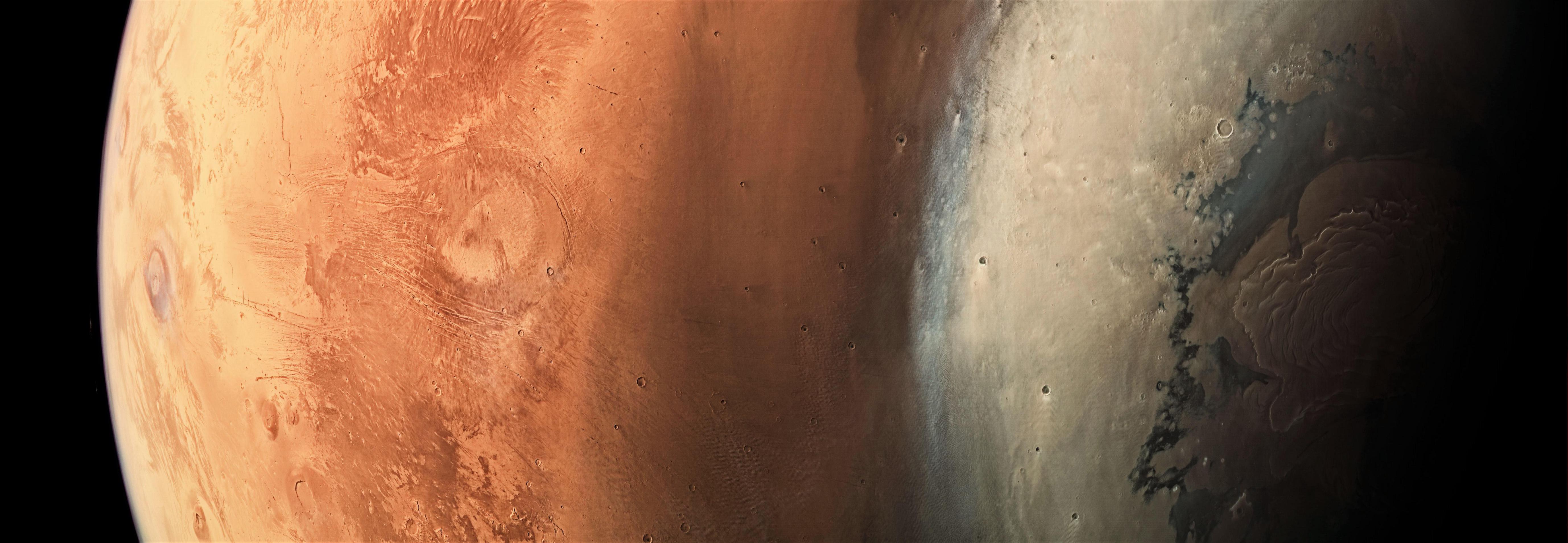
Keeping the cart behind the horse
Before anything else, it’s critical to take a step back from the idea of terraforming and consider the simpler facts of any human presence on Mars. First, the rationale for a permanent human presence on Mars is largely independent of the environmental conditions on the planet – it’s a huge help to have basic resources available in situ (on site), but the difficulty of surviving in a given non-Earth environment is immaterial to the human desire to both explore and survive.
Assuming we humans really do want to ensure that a subset of ourselves can independently survive any truly global catastrophe on Earth, be it natural or artificial, we will find a way to do so in even the harshest of environments. Living on Mars would be downright luxurious compared to life aboard the International Space Station, thanks largely to ~1/3rd Earth gravity, accessible natural resources to replenish consumables, an Earthlike day and night cycle, considerably more forgiving temperature extremes, and much more.
- The ISS orbits just a few hundred miles above the surface of the Earth and hosts an average of six crewmembers at any given moment. (NASA)
- The massive BFR spaceship docked to the International Space Station. (SpaceX)
Despite the inhospitable conditions, human presence aboard the ISS has been uninterrupted for nearly 20 years, even though the average stay per crewmember sits around six months. The ISS also has the luxury of a 90 minute day/night cycle, 100% unfiltered sunlight for peak solar panel efficiency, regular resupply missions from Earth, and an escape route in the event of a catastrophic failure. That escape method (Soyuz capsules docked to the station) has not once been used, aside from a handful of instances where crew boarded their escape vehicles as a cautionary measure during unusually risky space debris events, an absolute non-issue on Mars’ surface.
Put simply: if humans can live in orbit for long periods, they can also survive on Mars with at least the same level of difficulty.
Getting there is the hardest part
By taking natural resources available on Mars (namely water and carbon dioxide) and using them to repopulate the planet’s withered atmosphere, it has long been hoped that the Martian surface might be brought much closer to that of Earth, with a thicker atmosphere translating into familiar air pressure and a far warmer climate. In its current state, humans would always need to wear pressure suits and carry oxygen when traveling beyond their Martian habitats, as Mars’ 0.06 bar atmosphere would be approximately as forgiving as the naked vacuum of space and only moderately warmer.
https://twitter.com/_TheSeaning/status/1026194288886071296
Terraforming could potentially alleviate those significant points against the Red Planet, although updated research published this year (2018) appears to indicate otherwise. In reality, Jakosky and Edwards’ study simply emphasizes and adds on to what should already have been wildly apparent – making desolate planets Earthlike is almost invariably going to be an unfathomably difficult (but by no means impossible) challenge, and is most likely beyond the reach of present-day humanity.
- Effectively unreleased, an updated Mars colonization video shown in 2018 replaces 2016’s ITS with the newer BFR design. (SpaceX)
- Artist David Romax’s jaw-dropping rendition of a BFR burning to Mars orbit. The craft’s various curves and hull complexities will likely rely on cutting-edge composite joining tech to function. (Gravitation Innovation)
- A Crew BFS (Big F____ Spaceship) pictured landing on Mars. (SpaceX)
It also happens to be the case that terraforming as a concept is utterly irrelevant without the means to get to and – more importantly – transport respectable amounts of cargo to the bodies one hopes to one day transform. SpaceX’s BFR transportation system is one such acknowledgment of that problem – the issue with Mars colonization or really any basic human presence at all is not surviving after arrival, but instead actually getting there in the first place and doing so without taking decades or bankrupting entire nations.
Extremely affordable transport to, from, and between orbits happen to be the most unequivocal requirement for both a permanent human presence on other planets and have any hope at all of terraforming them, but it just so happens that the latter is 100% irrelevant and impossible without the former. Let’s seriously worry and argue about terraforming Mars once we can do so from the surface of the Red Planet and focus first on getting there.
For prompt updates, on-the-ground perspectives, and unique glimpses of SpaceX’s rocket recovery fleet (including fairing catcher Mr Steven) check out our brand new LaunchPad and LandingZone newsletters!
Elon Musk
Why Tesla’s Q3 could be one of its biggest quarters in history
Tesla could stand to benefit from the removal of the $7,500 EV tax credit at the end of Q3.

Tesla has gotten off to a slow start in 2025, as the first half of the year has not been one to remember from a delivery perspective.
However, Q3 could end up being one of the best the company has had in history, with the United States potentially being a major contributor to what might reverse a slow start to the year.
Earlier today, the United States’ House of Representatives officially passed President Trump’s “Big Beautiful Bill,” after it made its way through the Senate earlier this week. The bill will head to President Trump, as he looks to sign it before his July 4 deadline.
The Bill will effectively bring closure to the $7,500 EV tax credit, which will end on September 30, 2025. This means, over the next three months in the United States, those who are looking to buy an EV will have their last chance to take advantage of the credit. EVs will then be, for most people, $7,500 more expensive, in essence.
The tax credit is available to any single filer who makes under $150,000 per year, $225,000 a year to a head of household, and $300,000 to couples filing jointly.
Ending the tax credit was expected with the Trump administration, as his policies have leaned significantly toward reliance on fossil fuels, ending what he calls an “EV mandate.” He has used this phrase several times in disagreements with Tesla CEO Elon Musk.
Nevertheless, those who have been on the fence about buying a Tesla, or any EV, for that matter, will have some decisions to make in the next three months. While all companies will stand to benefit from this time crunch, Tesla could be the true winner because of its sheer volume.
If things are done correctly, meaning if Tesla can also offer incentives like 0% APR, special pricing on leasing or financing, or other advantages (like free Red, White, and Blue for a short period of time in celebration of Independence Day), it could see some real volume in sales this quarter.
You can now buy a Tesla in Red, White, and Blue for free until July 14 https://t.co/iAwhaRFOH0
— TESLARATI (@Teslarati) July 3, 2025
Tesla is just a shade under 721,000 deliveries for the year, so it’s on pace for roughly 1.4 million for 2025. This would be a decrease from the 1.8 million cars it delivered in each of the last two years. Traditionally, the second half of the year has produced Tesla’s strongest quarters. Its top three quarters in terms of deliveries are Q4 2024 with 495,570 vehicles, Q4 2023 with 484,507 vehicles, and Q3 2024 with 462,890 vehicles.
Elon Musk
Tesla Full Self-Driving testing continues European expansion: here’s where
Tesla has launched Full Self-Driving testing in a fifth European country ahead of its launch.

Tesla Full Self-Driving is being tested in several countries across Europe as the company prepares to launch its driver assistance suite on the continent.
The company is still working through the regulatory hurdles with the European Union. They are plentiful and difficult to navigate, but Tesla is still making progress as its testing of FSD continues to expand.
Today, it officially began testing in a new country, as more regions open their doors to Tesla. Many owners and potential customers in Europe are awaiting its launch.
On Thursday, Tesla officially confirmed that Full Self-Driving testing is underway in Spain, as the company shared an extensive video of a trip through the streets of Madrid:
Como pez en el agua …
FSD Supervised testing in Madrid, Spain
Pending regulatory approval pic.twitter.com/txTgoWseuA
— Tesla Europe & Middle East (@teslaeurope) July 3, 2025
The launch of Full Self-Driving testing in Spain marks the fifth country in which Tesla has started assessing the suite’s performance in the European market.
Across the past several months, Tesla has been expanding the scope of countries where Full Self-Driving is being tested. It has already made it to Italy, France, the Netherlands, and Germany previously.
Tesla has already filed applications to have Full Self-Driving (Supervised) launched across the European Union, but CEO Elon Musk has indicated that this particular step has been the delay in the official launch of the suite thus far.
In mid-June, Musk revealed the frustrations Tesla has felt during its efforts to launch its Full Self-Driving (Supervised) suite in Europe, stating that the holdup can be attributed to authorities in various countries, as well as the EU as a whole:
Tesla Full Self-Driving’s European launch frustrations revealed by Elon Musk
“Waiting for Dutch authorities and then the EU to approve. Very frustrating and hurts the safety of people in Europe, as driving with advanced Autopilot on results in four times fewer injuries! Please ask your governing authorities to accelerate making Tesla safer in Europe.”
Waiting for Dutch authorities and then the EU to approve.
Very frustrating and hurts the safety of people in Europe, as driving with advanced Autopilot on results in four times fewer injuries!
Please ask your governing authorities to accelerate making Tesla safer in Europe. https://t.co/QIYCXhhaQp
— Elon Musk (@elonmusk) June 11, 2025
Tesla said last year that it planned to launch Full Self-Driving in Europe in 2025.
Elon Musk
xAI’s Memphis data center receives air permit despite community criticism
xAI welcomed the development in a post on its official xAI Memphis account on X.

Elon Musk’s artificial intelligence startup xAI has secured an air permit from Memphis health officials for its data center project, despite critics’ opposition and pending legal action. The Shelby County Health Department approved the permit this week, allowing xAI to operate 15 mobile gas turbines at its facility.
Air permit granted
The air permit comes after months of protests from Memphis residents and environmental justice advocates, who alleged that xAI violated the Clean Air Act by operating gas turbines without prior approval, as per a report from WIRED.
The Southern Environmental Law Center (SELC) and the NAACP has claimed that xAI installed dozens of gas turbines at its new data campus without acquiring the mandatory Prevention of Significant Deterioration (PSD) permit required for large-scale emission sources.
Local officials previously stated the turbines were considered “temporary” and thus not subject to stricter permitting. xAI applied for an air permit in January 2025, and in June, Memphis Mayor Paul Young acknowledged that the company was operating 21 turbines. SELC, however, has claimed that aerial footage shows the number may be as high as 35.
Critics are not giving up
Civil rights groups have stated that they intend to move forward with legal action. “xAI’s decision to install and operate dozens of polluting gas turbines without any permits or public oversight is a clear violation of the Clean Air Act,” said Patrick Anderson, senior attorney at SELC.
“Over the last year, these turbines have pumped out pollution that threatens the health of Memphis families. This notice paves the way for a lawsuit that can hold xAI accountable for its unlawful refusal to get permits for its gas turbines,” he added.
Sharon Wilson, a certified optical gas imaging thermographer, also described the emissions cloud in Memphis as notable. “I expected to see the typical power plant type of pollution that I see. What I saw was way worse than what I expected,” she said.
-

 Elon Musk3 days ago
Elon Musk3 days agoTesla investors will be shocked by Jim Cramer’s latest assessment
-

 News1 week ago
News1 week agoTesla Robotaxi’s biggest challenge seems to be this one thing
-

 News2 weeks ago
News2 weeks agoTexas lawmakers urge Tesla to delay Austin robotaxi launch to September
-

 Elon Musk2 weeks ago
Elon Musk2 weeks agoFirst Look at Tesla’s Robotaxi App: features, design, and more
-

 Elon Musk2 weeks ago
Elon Musk2 weeks agoxAI’s Grok 3 partners with Oracle Cloud for corporate AI innovation
-

 News2 weeks ago
News2 weeks agoSpaceX and Elon Musk share insights on Starship Ship 36’s RUD
-

 News2 weeks ago
News2 weeks agoWatch Tesla’s first driverless public Robotaxi rides in Texas
-

 News2 weeks ago
News2 weeks agoTesla has started rolling out initial round of Robotaxi invites

